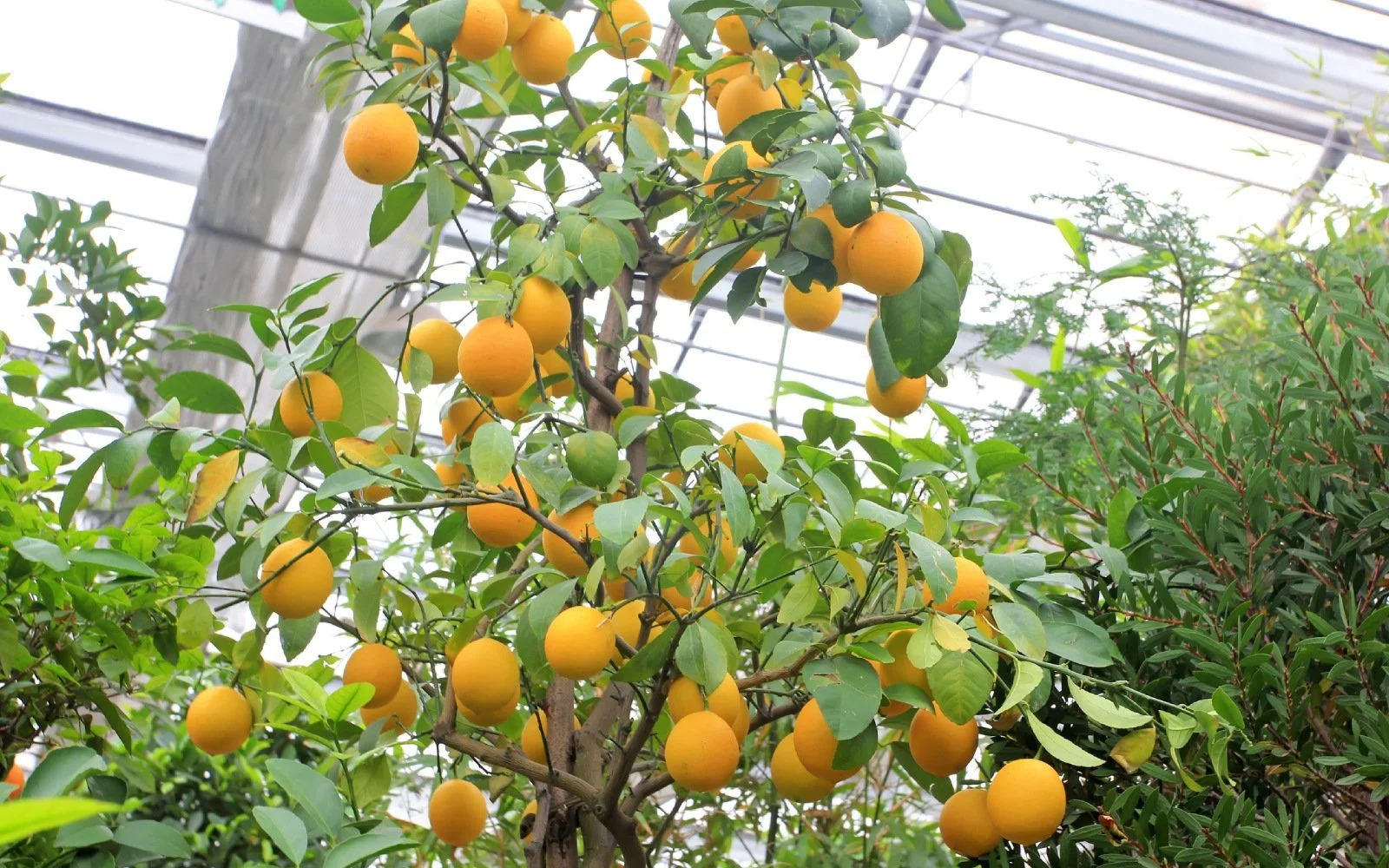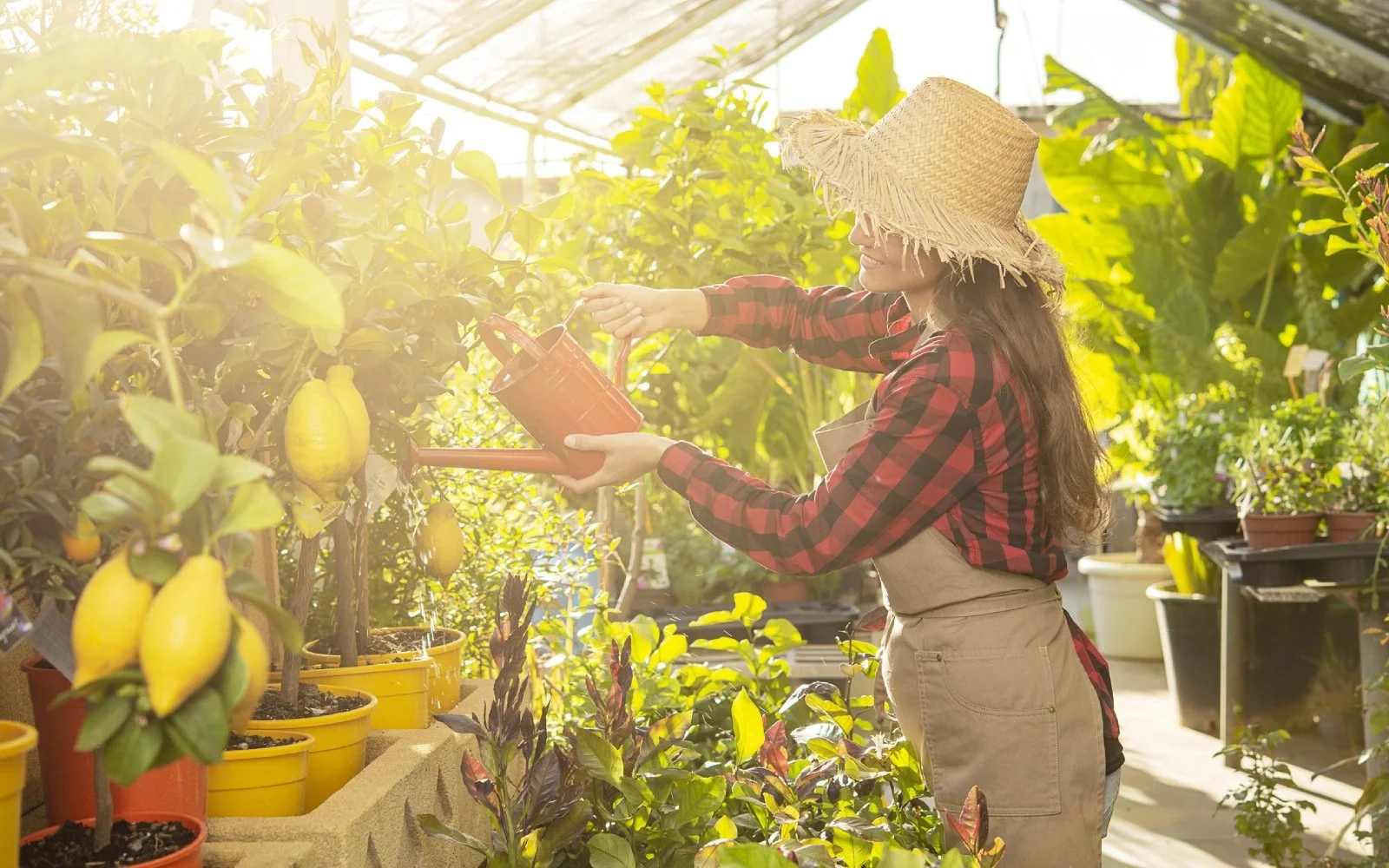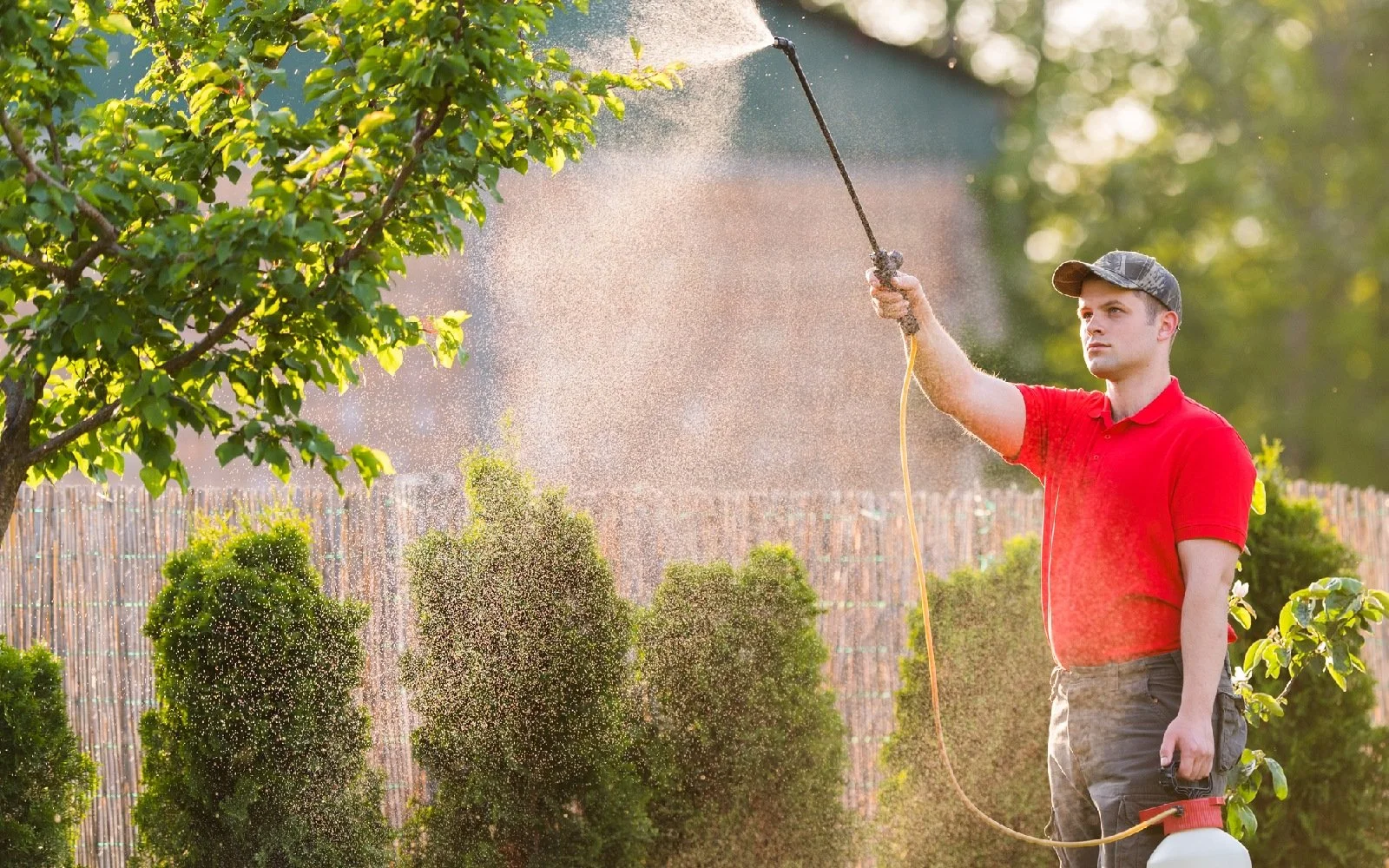Growing Citrus and Other Fruit Trees in Texas
Discover > Grow Your Own Food > Growing Citrus and Other Fruit Trees in Texas
Citrus trees are relatively easy to grow here in North Texas, though keeping them going during winter is a bit more difficult. The climate in the southern regions of the State generally favors fruit (What wine goes well with fruit?) trees such as citrus. And luckily for us fruit fans, some Texan agriculturists have bred special varieties of citrus that are resistant to colder winters, which the northern part of the State is more prone to.
Finding the Right Fruit Variety
Many kinds of citrus fruit are grown in Texas: oranges and grapefruits are two of the most popular kinds. Though North Texas is a bit colder than the rest of the state, there are certain varieties of citrus that can withstand these cooler temperatures.
One determining factor in choosing what kind of citrus tree to plant is the climate. My garden demands that I grow citrus fruit that can survive the colder climate of the north. In this regard, one variety I like is the Satsuma Mandarin. Their cold tolerance goes down to as low as 20°F.
Your Guide to Winter Vegetables and Fruits in Texas
Navigate the winter harvest in Texas with our comprehensive guide to the diverse and nutritious vegetables and fruits available during the colder season.
Texas A&M Agrilife Extension Service conducted research on what varieties of satsumas grow well during the winter season. With this knowledge, they cross-bred high-quality satsuma varieties, “Miho and Seto”, with cold-hardy “Changsha” tangerines. This successful cross-breeding produced varieties such as the Orange Frost (2014) and Arctic Frost (2015), which can survive temperatures as low as 9°F.
Though cold-hardy varieties often produce fruit of lesser quality, these newer varieties boast both cold resistance and better fruit quality.
Your Guide to Winter Oranges in Texas
Explore the winter citrus offerings in Texas with our guide, providing valuable insights into the varieties of oranges available during the colder months.
Winter-Proofing
Agriculturalists tell us that we need to protect young citrus trees from severe cold weather for a few years until they are well established.
If you’re planting it in a container, you can protect it from the cold simply by bringing the plant in its pot into your home. This will mean that it’s kept safe in an environment above freezing. If your fruit has been planted in the ground, you can protect it with a makeshift PVC frame covered with clear polyethylene. Once these trees have been growing for more than three years, they should naturally develop tolerance to the cold and be able to withstand temperatures below 20°F.
For any trees planted in the ground, you can prepare them for winter by placing a bank of soil or mulch up around the trunk at the start of winter. Doing this creates a kind of insurance policy for the risk of a severe cold killing the main stem. If covered by soil or mulch, the stem will have a chance to bud out and regrow into a new tree. Once the threat of severe winter has disappeared, remove the soil or mulch from around the trunk.
A Quick Guide to What's in Season in Texas
Stay in tune with the seasons in Texas with our quick guide, providing insights into what's currently in season and ripe for the picking.
Caring for Your Citrus and Fruit Trees
Citrus trees love the sun, but they can also be grown in the shade. Trees planted in a pot need to be watered regularly during the summer – at least once a day. For the rest of the year, you can water them once every few days.
Check the moisture level in your pot to determine whether the plant needs to be watered.
Home of Citrus Fruits and Trees
Discover the heart of citrus cultivation with our spotlight on Texas as the home of citrus fruits and trees, showcasing the rich and fruitful landscape.
Fertilizers and Pest Control
I recommend using a granular slow-release fertilizer to make your citrus trees productive. Many citrus growers use a Triple 13 fertilizer for the first three years (this is the time when the tree develops its root system). Triple 13 fertilizer is a balanced fertilizer containing the three nutrient elements, nitrogen, phosphorus, and potassium, in equal measure at 13-13-13.
For trees aged four years and older, you can use a Triple 15 fertilizer to grow and maintain a healthy fruit tree.
Pest and insect issues can be addressed with an organic pesticide. Follow the instructions on the product when applying fertilizer and organic pesticide to your fruit trees.
The main pest found on my trees are leaf miners, which are moth larvae – they love to munch on the new growth. Luckily, damage usually only occurs on the surface, so fruit quality isn’t affected. You can leave these insects alone, as they are very difficult to control and it can take a lot of time and effort to do so.
The Benefits of Having Fruit Trees
Having citrus trees in your yard provides you with cheap (practically free), fresh fruit filled with important nutrients. Satsumas are a rich source of vitamin C, which helps improve our immune system. These fruits also contain plenty of carotenoids, which help to prevent liver cancer.
Citrus fruits are also abundant with potassium – a nutrient that plays a vital role in maintaining normal blood pressure. They’re also a source of natural fiber, which can help with weight loss. What’s more, citrus fruit is a natural detoxifier and supports healthy digestion.
Also, satsumas produce beautifully fragrant white blossoms during springtime – another plus!
6 Texas Citrus Farms for the Best Oranges & Grapefruits
Embark on a citrus-filled journey with our guide to 6 Texas citrus farms, where you can savor the best oranges and grapefruits the state has to offer.
Recommended Fruit Trees to Grow
If you’re looking to add a fruit tree or two to your Texan garden, then I recommend starting with one of the below varieties.
Citrus
Arctic Frost – one of the most cold-resistant satsuma varieties.
Miho Satsuma – among the earliest cold-resistant satsuma varieties. Considered to be one of the sweetest kinds. Very easy to peel and a favorite among kids.
Meyer Lemon – mild-flavored lemons that are popular for their floral scent.
Mexican Limes – small and round fruits that are packed with flavor. Perfect for a cold beer. One of the first citrus fruits to ripen in the year (in August).
Other Fruits
Apples – a popular fruit tree planted in sprawling backyard gardens. These are very versatile fruits used in cooking and baking. The trees need plenty of space as they can grow up to 20–25 feet. Varieties include Golden Delicious, Red Delicious, and Gala apples, all of which grow well in Texas.
Peaches – the leading deciduous fruit crop in Texas. There are about a million peach trees planted in the State. To produce high-quality peaches, you need at least 24 inches of well-drained soil. Peaches also need a lot of water.
Figs – often planted for their ornamental value. Fig trees grow best in Central Texas and are relatively easy to grow and maintain. Figs are usually produced from July to August.
Introducing the Most Delicious Spring Fruits and Vegetables You Can Find in Texas
Celebrate the arrival of spring with our introduction to the most delicious fruits and vegetables available in Texas during this vibrant season.
If you live in Texas, there’s a whole host of fruit trees you can grow in your backyard. You just have to pick the right varieties for the climate and soil. With appropriate care and attention, these fruit trees can supply your kitchen with tasty and nutritious fruits throughout the year.







